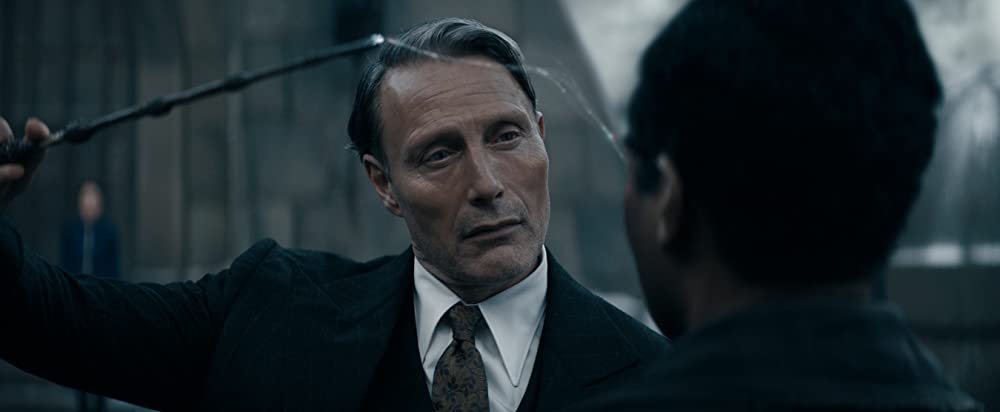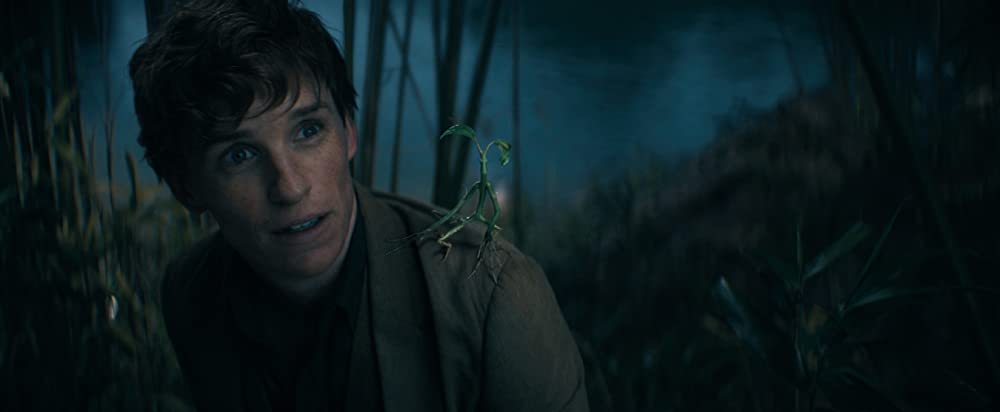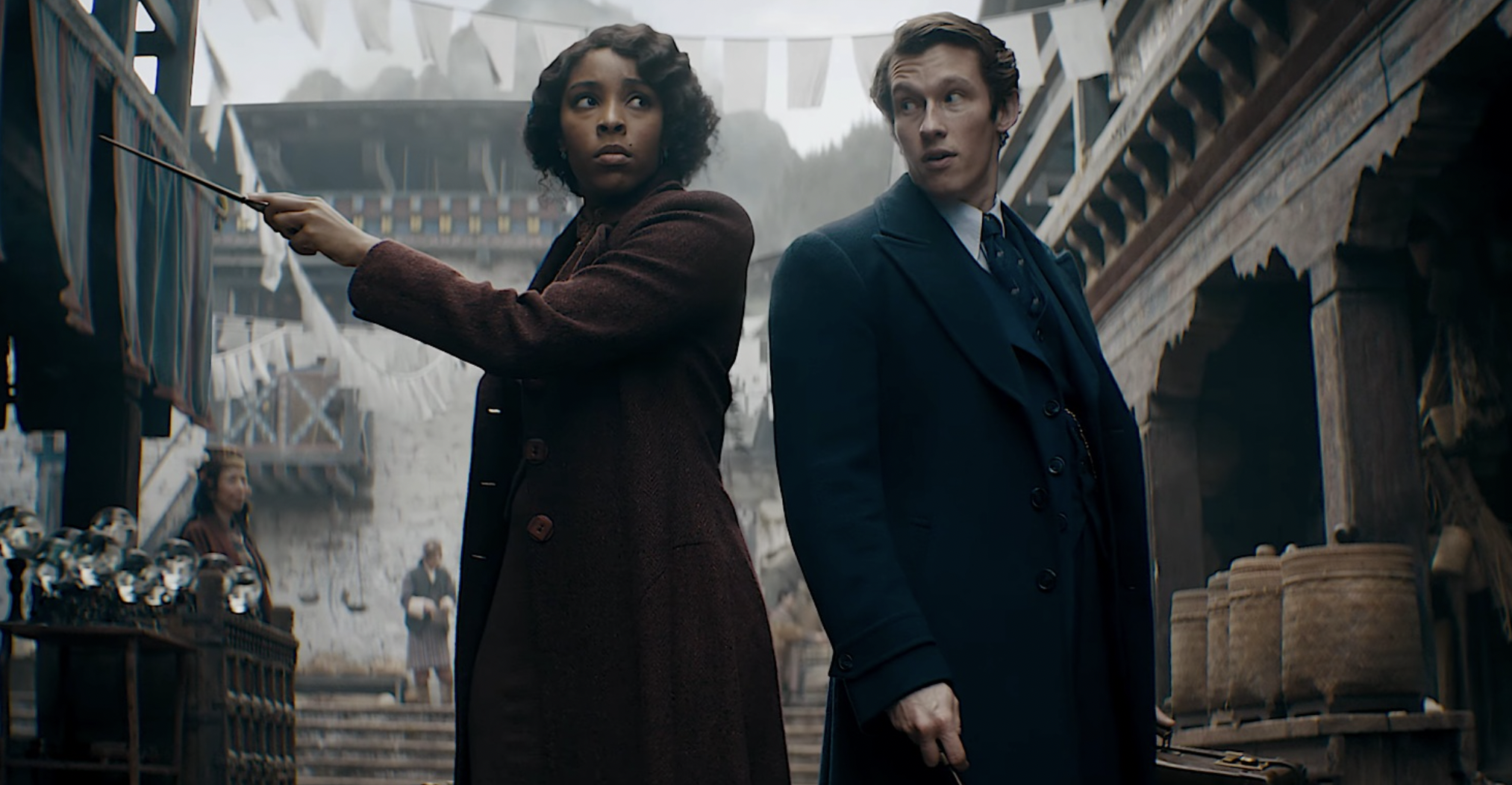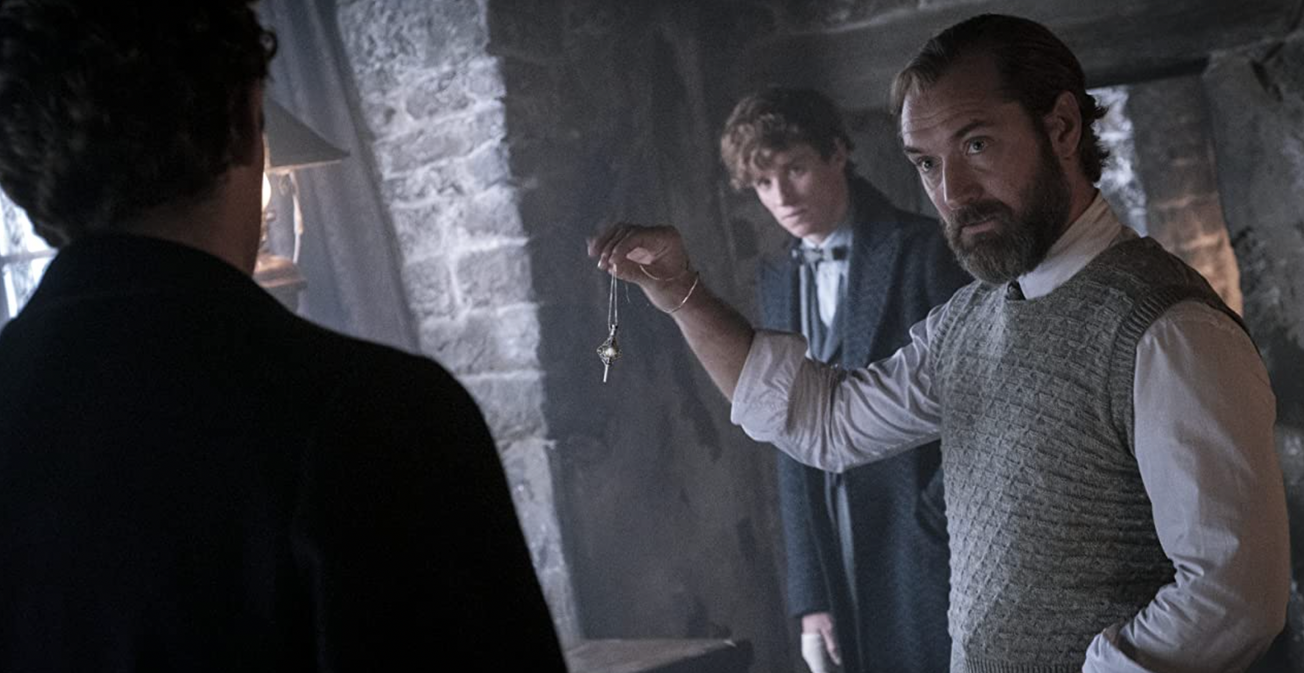By Sherena Edwards, Second Year, English Literature
The third instalment of the Fantastic Beasts franchise is a marked improvement on its preceding instalment, with impressive performances from new cast members and high quality visual effects benefitting the franchise greatly.
Mikkelsen adopts the role of Grindelwald well, introducing a natural charm and charisma to the role that rids the character of the almost comical and arguably less believable elements that Depp had previously employed. This added subtlety works in the franchise’s favour, allowing room for the exploration of this crowd-pleasing character’s plan to gain absolute control over the wizarding world through any democratic means possible.
Rallying a crowd of supporters is far more believable when the person rallying is subtle in their manipulation, and so the adaptations made to the character by Mikkelsen largely benefit the film, and are arguably some of the more favourable aspects of the franchise generally.

Though some aspects of the film such as Mikkelsen’s fresh take on Grindelwald and the special effects were impressive, the storytelling was far from it. Confused and inconsistent, the plot seems to complicate itself unnecessarily with a multitude of subplots and timeline issues that would confuse even the most focused viewer. It seems at times as if the political aspect of the film has overshadowed the magical aspect, serving not only to confuse young viewers but also potentially leave them uninterested.
Questions are also raised concerning the role of Newt in his own franchise, with it appearing as if his charming Dickensian performance is lacking the depth that other characters seem to have been afforded. Though he acts as Dumbledore’s new protégé, Newt seems to become less interesting in a franchise that he is supposedly the main character in, calling into question the priorities of the writers and the inevitable detractions of their complicated storytelling to the character development and general cohesion of the film.

The inclusion of the romantic element between Grindelwald and Dumbledore is important to mention as it finally brings to life the gay representation that has long been promised. The opening scene establishes this romantic link between Dumbledore and Grindelwald, but very much embeds it in the past, making it clear that the passion that once existed between the two exists no longer.
This romance is an aspect of the film that is again benefitted by Mikkelsen’s alterations to his character, and though the explorations of sexuality within this film were limited, the promise of a further two movies provides further scope for this relationship to be explored in more depth.

In the end the film inevitably leaves a sense of confusion and perhaps disinterest in the audience, and it seems it is only individual performances alongside impressive special effects and production that saves it from complete disaster.
Featured Image: IMDB
Let us know what you thought of the third instalment of Fantastic Beasts








